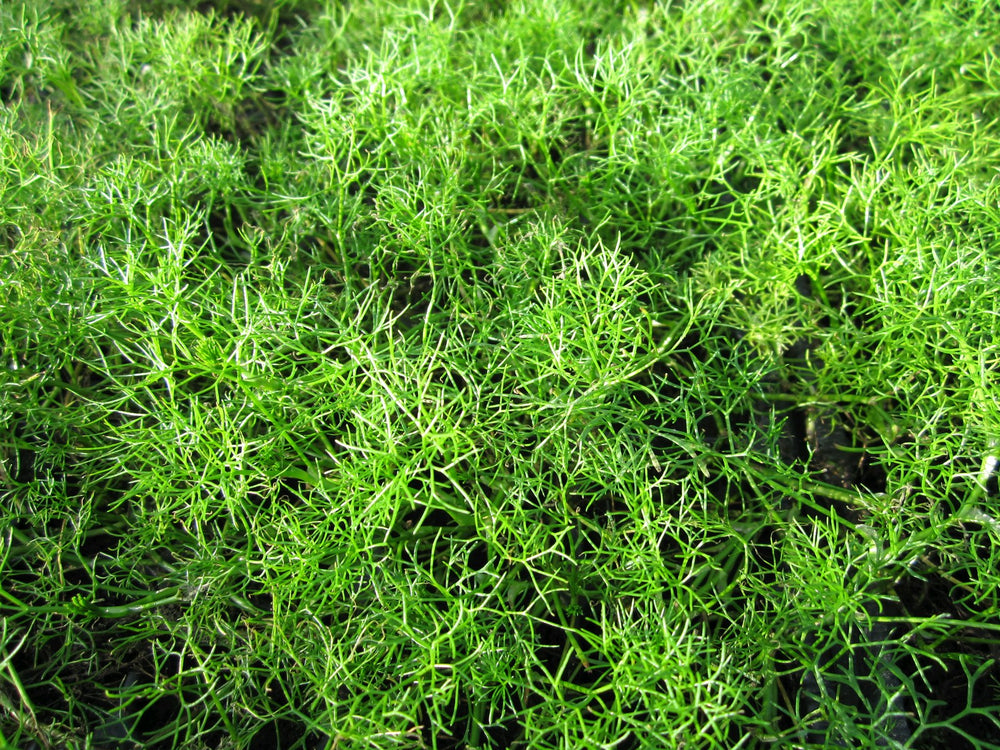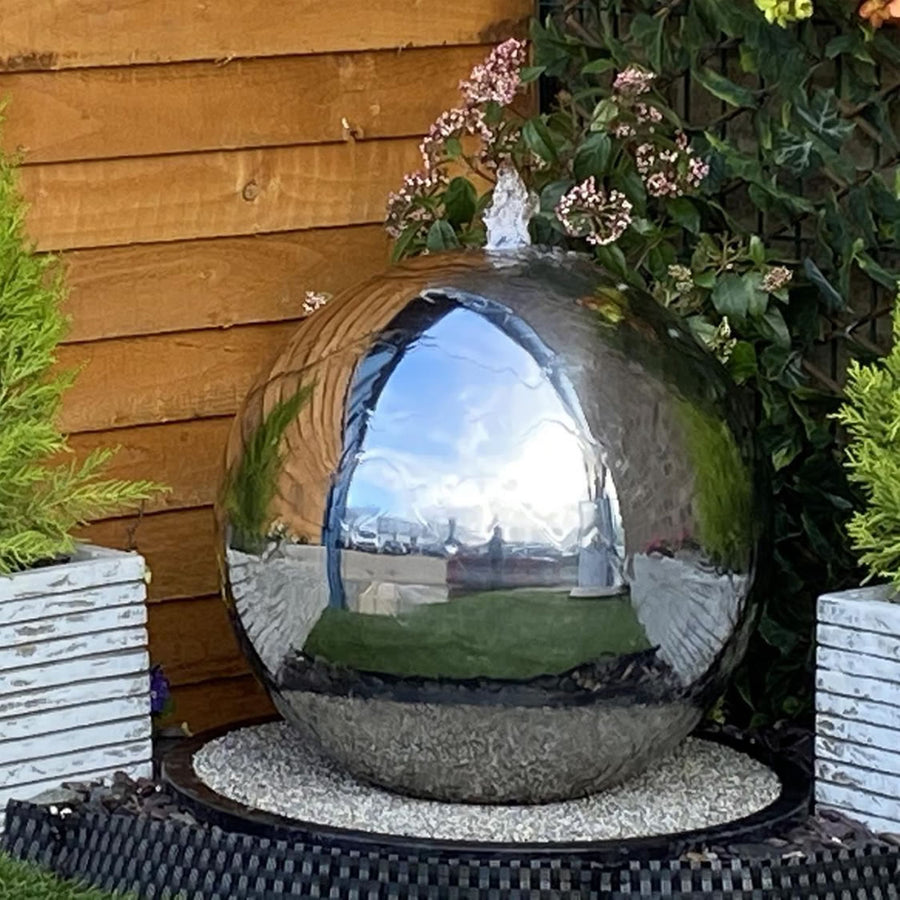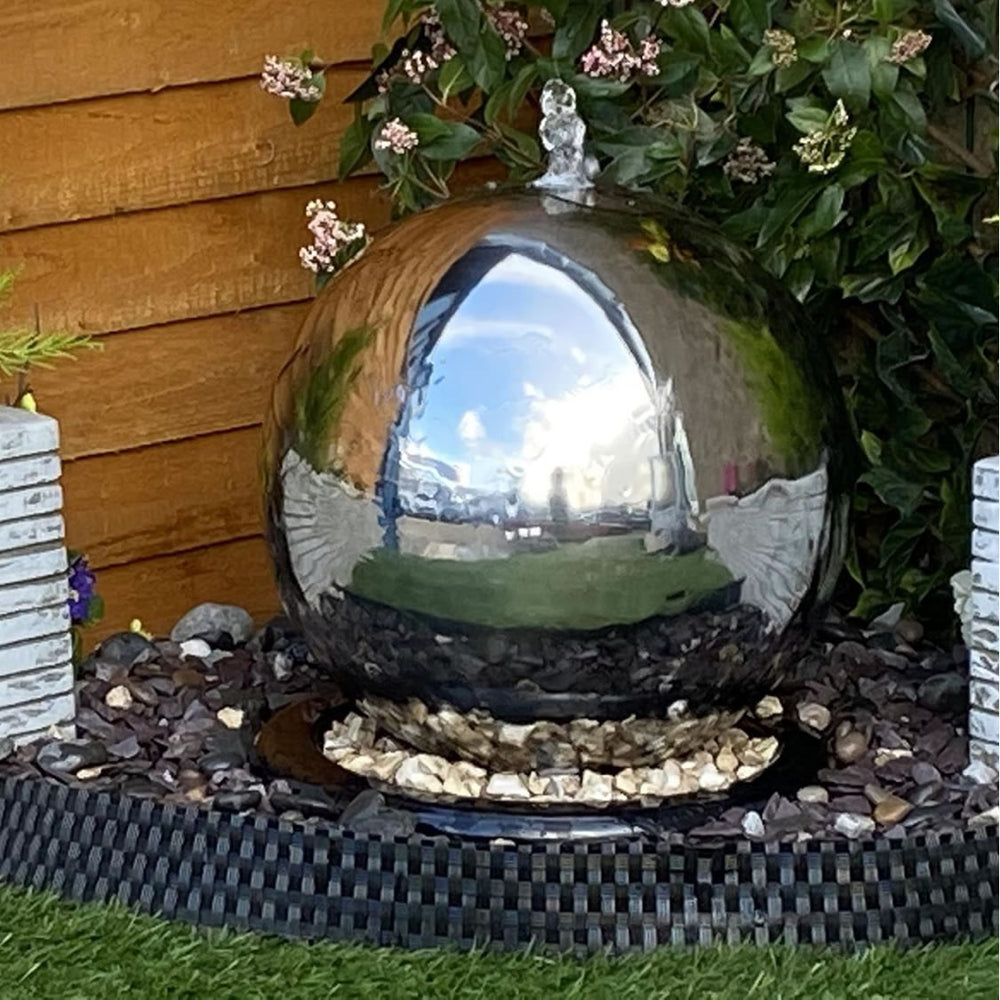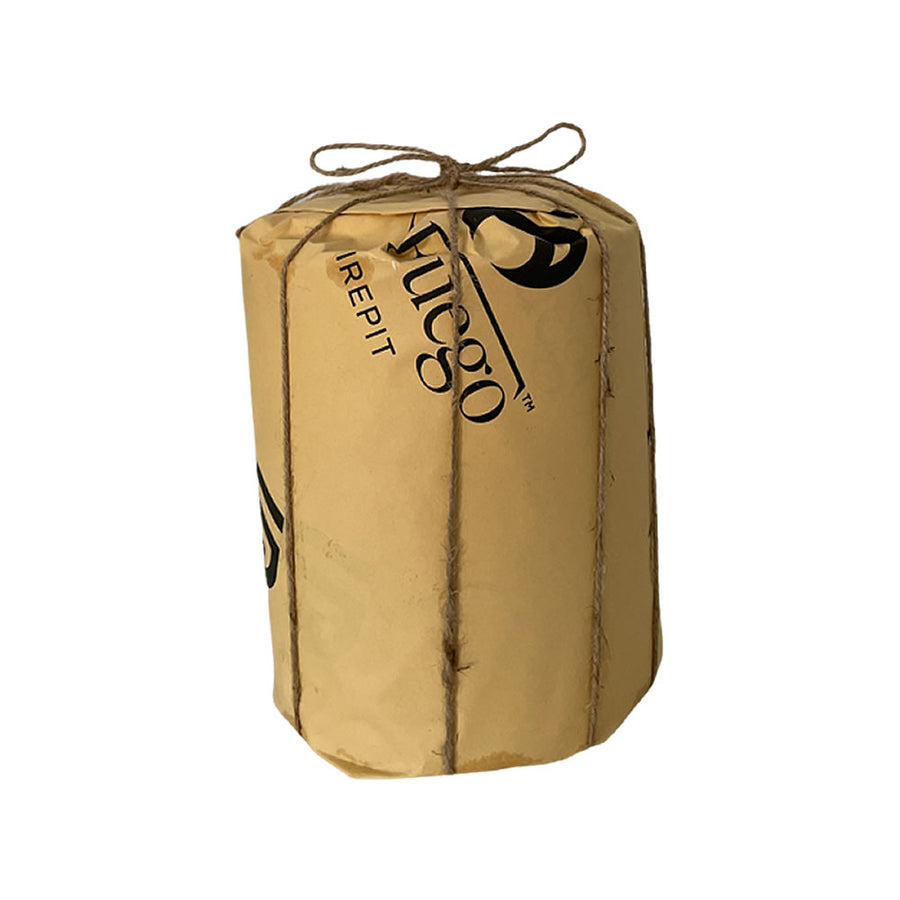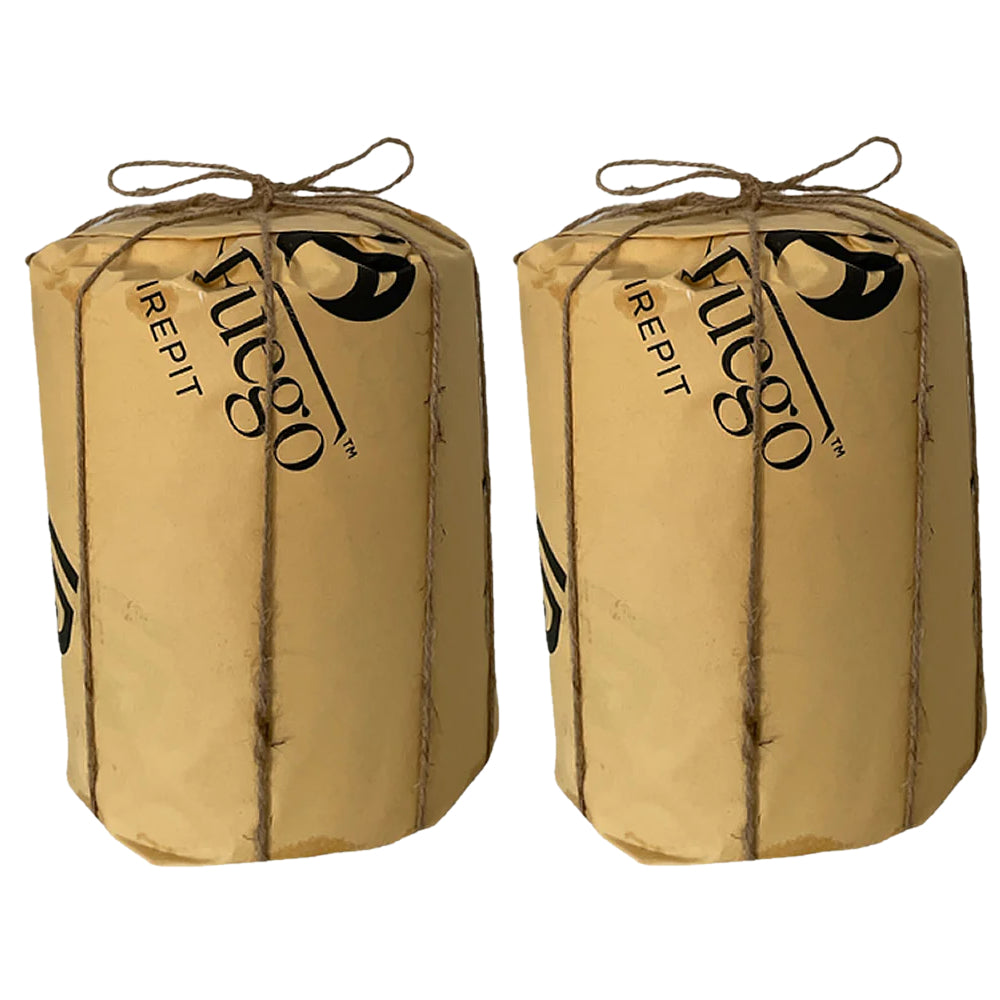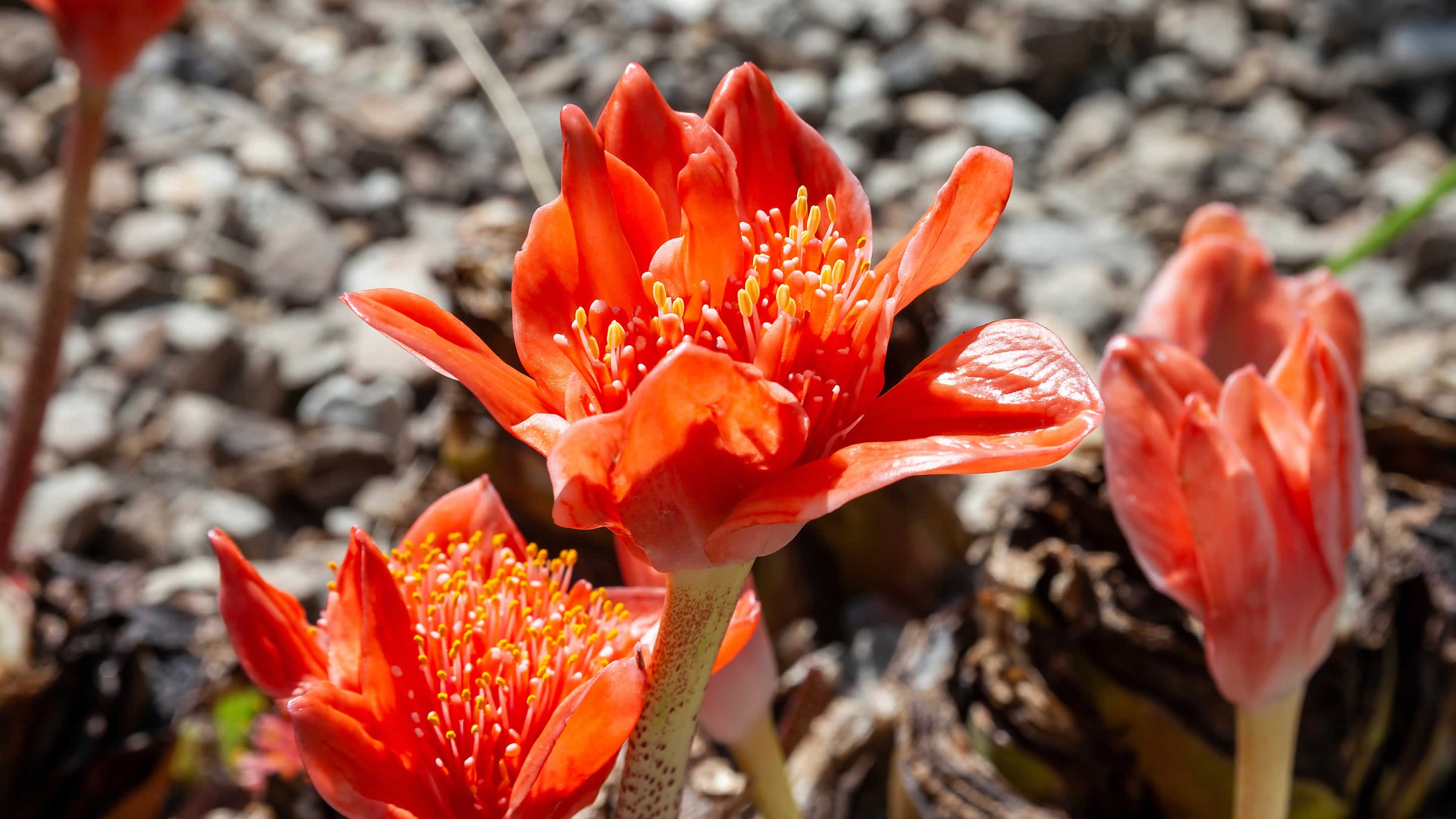
Haemanthus (Blood Lilies)
Haemanthus’ bold, brush-like flower heads (August – October) provide late-season nectar for specialist pollinators like Ammobates furrow bees, which forage on its exposed stamens. Though tropical, its succulent leaves retain moisture, creating microhabitats for spiders and soil mites in conservatories or sheltered urban gardens. Planted in free-draining pots with Pelargonium spp., it extends autumn forage when native flowers fade. While frost-tender, its ecological niche lies in supporting late-active invertebrates, bridging the gap to winter in mild coastal or city gardens where exotic plants enhance biodiversity.






